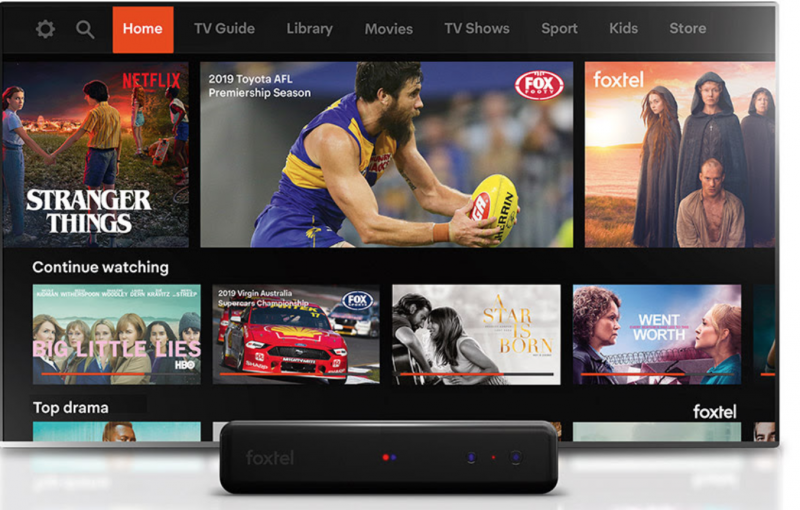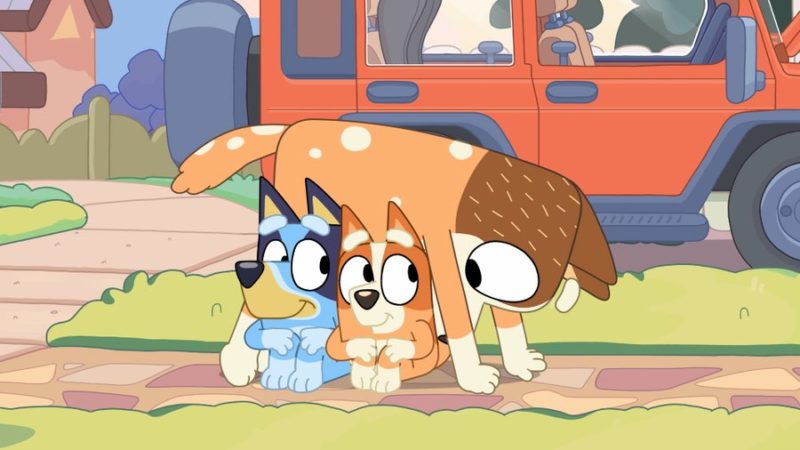QUT’s research not the full picture of Australian TV production
Minister for Communications, Urban Infrastructure, Cities and the Arts, Paul Fletcher, reflects on a recent QUT report and says Australia's local TV content is better than ever.
A QUT report released earlier last month, The Australian Television Drama Index report, on changes to the number of hours of Australian television drama produced each year, brought predictable claims the local screen production sector is in decline.
There is no crisis, and there is no decline. Instead, there is unprecedented opportunity for the Australian production sector.
It is hard to take the numbers in the QUT report very seriously given that it simply excludes two long running series, Neighbours and Home and Away, from its headline figures.
Those 2 series together generate around 230 hours a year of new drama content.
They have had extraordinary success both locally and abroad, provided training and reliable full time work for over more than 30 years, and launched the careers of hundreds of Australians, both in front of the camera as well as crew, directors and writers.
Are the jobs for writers, actors and crew on these two shows somehow worth less than those on other shows?

Are the choices made by the viewers who tune in to these two shows each week—in Australia, and in the UK and many other countries around the world—somehow less valid than other choices made by viewers?
Indeed what is remarkable about this report is how little weight it seems to attach to choices made by viewers.
The report is certainly right that over the past 20 years there has been enormous change in television drama.
In 1999 US drama and sitcoms such as Friends and Ally McBeal were some of those most popular shows on TV, alongside Australian dramas like Blue Heelers and Seachange.
It was a time when the free-to-air broadcasters each had just one channel, there were no iPhones or iPads, no YouTube or Facebook, subscription television was in its infancy in Australia, and Netflix was a service that sent out DVDs by mail.
Today audiences can choose from multiple free to air TV channels, subscription TV, subscription-video-on-demand (SVOD) platforms, free online platforms and other social media services. Audiences can watch whatever they want, whenever they want.
With so much choice on offer, perhaps it is not surprising that longer-running drama series have declined in popularity and content makers have responded with shorter series, often with big stars and extremely high production values.
This is happening around the world, not just in Australia, because that is what audiences want.
Some of us might feel nostalgic for the days when Sunday nights were reserved for blockbuster movies and a roast chicken rather than reality TV and UberEats, although younger viewers who did not experience those times will probably regard them as sounding rather grim and limited.
But however we feel about it, there is no going back. The world has changed enormously, and if we want the Australian production sector to grow and prosper, it needs to seize the opportunities the new world presents rather than pine for the past.
Certainly the policy focus of the Morrison Government is to establish incentives and regulatory settings which support our production sector to grow and thrive in this modern media environment.
In early 2020 we launched an options paper on Supporting Australian Stories on our Screens. After extensive industry consultation, we updated the Australian content quotas for free to air commercial broadcasters.
These quotas had hardly changed for decades, and they had the perverse consequence of encouraging the production of content to meet rules made by bureaucrats in Canberra, rather than to meet audience appetites, in Australia and globally.
Instead we are transitioning to regulatory and policy settings designed to support quality Australian content and leverage global demand for this content.

The explosion of the SVOD platforms globally creates a major new opportunity for the Australian production sector.
That is why the Media Reform Green Paper I launched late last year includes options for moving towards more platform neutral content regulations, including applying regulations to large SVOD platforms and the national broadcasters—the ABC and SBS.
Already I have asked the SVODs to report to the Australian Communications and Media Authority (ACMA) on the level of their investment in Australian content. For the first time this has given us hard data on local production spending by the SVODs.
Last month ACMA released its first report, showing that four providers—Amazon Prime, Disney, Netflix and Stan—spent over $150 million on Australian programs in 2019-20. More than 80% of this went to commissioning or co-commissioning new Australian programs.
The ACMA report showed that over 3,000 hours of Australian content, from more than 600 programs, is available on the four services.
We are providing unprecedented financial support to the screen production sector. In particular the tax offsets available for television drama and documentary are increasing from 20 to 30 per cent, a change the sector has sought for many years.
The Morrison Government is also pumping more than $50 million in additional funding into Screen Australia and the Australian Children’s Television Foundation.
Total funding to the screen sector in 2020-21 from the Morrison Government stood at a record level of $530 million, supporting thousands of jobs and businesses.
It is odd that the QUT report fails to tell the story of how high-quality Australian content is thriving. Australian companies export drama and documentary content to more than 200 territories; the number of domestic and international project sales to on-demand platforms in 2020-21 increased by 46% when compared to sales in 2019-20.

Things are changing fast. Three years ago, no one would have believed that the most widely-viewed Australian drama would be a children’s animation, but Bluey has secured millions of Australian TV viewers in primetime, has won International Emmy Awards, and now shows on TV and online around the world.
Our screen stories are vital for telling us who we are, where we’ve come from, and where we are headed. And of course they satisfy a natural human interest in storytelling that is millennia old.
Audiences will always want a good story, even if the form of that story will continue to evolve.
Our policy settings are designed to back the Australian screen production sector to compete successfully in the new global world of content.
Some may want to pine for the old world. But we are working with the Australian screen production sector to build a successful global strategy for the new world.

Paul Fletcher is Minister for Communications, Urban Infrastructure, Cities and the Arts.



